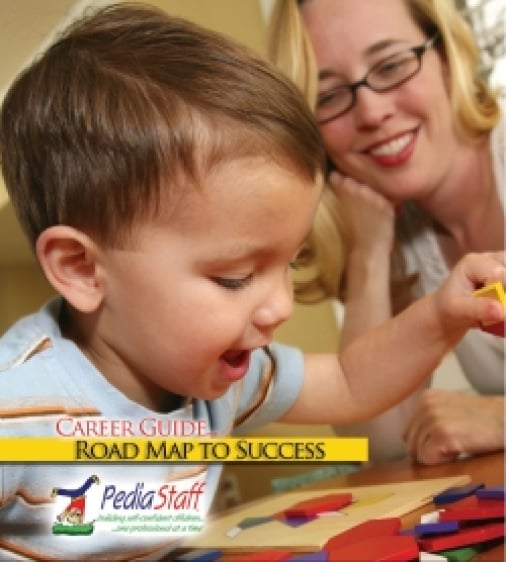What is Spina Bifida?
United Spinal Association, Action online Magazine March 5, 2004
This article was originally published in Action Online and is reprinted here with the express Permission of the United Spinal Association.
Spina Bifida, the most common neural tube defect (NTD), is one of the most devastating of all birth defects. It results from the failure of the spine to close properly during the first month of pregnancy. In severe cases, the spinal cord protrudes through the back and may be covered by skin and a thin membrane. Surgery to close a newborn’s back is generally performed within 24 hours after birth to minimize the risk of infection and to preserve existing function in the spinal cord.
Because of the paralysis resulting from the damage to the spinal cord, people born with spina bifida may need surgeries and other extensive medical care. The condition can also cause bowel and bladder complications. A large percentage of children born with spina bifida also have hydrocephalus, the accumulation of fluid in the brain. Hydrocephalus is controlled by a surgical procedure called “shunting” which relieves the fluid build up in the brain by redirecting it into the abdominal area.
Types of Spina Bifida:
- Spina Bifida Occulta: This is a mild form of spina bifida which is very common. Estimates vary but between 5% and 10% of people may have spina bifida occulta. There is an opening in one or more of the vertebrae (bones) of the spinal column without apparent damage to the spinal cord.
- Meningocele: The meninges, or protective covering around the spinal cord, has pushed out through the opening in the vertebrae in a sac called the “meningocele”. However, the spinal cord remains intact. This form can be repaired with little or no damage to the nerve pathways.
- Myelomeningocele: This is the most severe form of spina bifida in which a portion of the spinal cord itself protrudes through the back. In some cases, sacs are covered with skin; in others, tissue and nerves are exposed.
Preventing Spina Bifida:
Recent studies have shown that one factor that increases the risk of having and NTD baby is the low folic acid (a common water-soluble B vitamin, essential for the functioning of the human body) status before conception and during the first few weeks of pregnancy. If women consume 0.4 mg of folic acid prior to becoming pregnant and during the first trimester of pregnancy, the incidence of folic acid preventing spina bifida can be reduced by up to 75%.
Physical Limitations:
Children with spina bifida need to learn mobility skills, and often with the use of crutches, braces, or wheelchairs can achieve more independence. Also, with new techniques children can become independent in managing their bowel and bladder problems. Physical disabilities like spina bifida can have profound effects on the child’s emotional and social development. It is important that healthcare professionals, teachers, and parents understand the child’s physical capabilities and limitations. To promote personal growth, they should encourage children to be independent, to participate in activities with their non-disabled peers and to assume responsibility for their own care.
Our Featured Organization: United Spinal Association
United Spinal Association is a national 501©(3) nonprofit membership organization formed in 1946 by paralyzed veterans who pioneered the disability rights movement.
Our mission is to improve the quality of life of all Americans living with spinal cord injuries and disorders (SCI/D), including multiple sclerosis, spina bifida, Lou Gehrig’s Disease (ALS), and post polio.
The core belief of United Spinal is that, despite living with a disability or mobility impairment, a full, pro-active, and rewarding life is not only possible, it is within the reach of anyone with the strength to believe it and the courage to make it happen. For over 60 years, we have been an active voice in the disability community and a leading provider of outstanding programs and services for individuals with disabilities.
Please support our contributing Organizations and visit United Spinal Association
PediaStaff is Hiring!
All JobsPediaStaff hires pediatric and school-based professionals nationwide for contract assignments of 2 to 12 months. We also help clinics, hospitals, schools, and home health agencies to find and hire these professionals directly. We work with Speech-Language Pathologists, Occupational and Physical Therapists, School Psychologists, and others in pediatric therapy and education.
